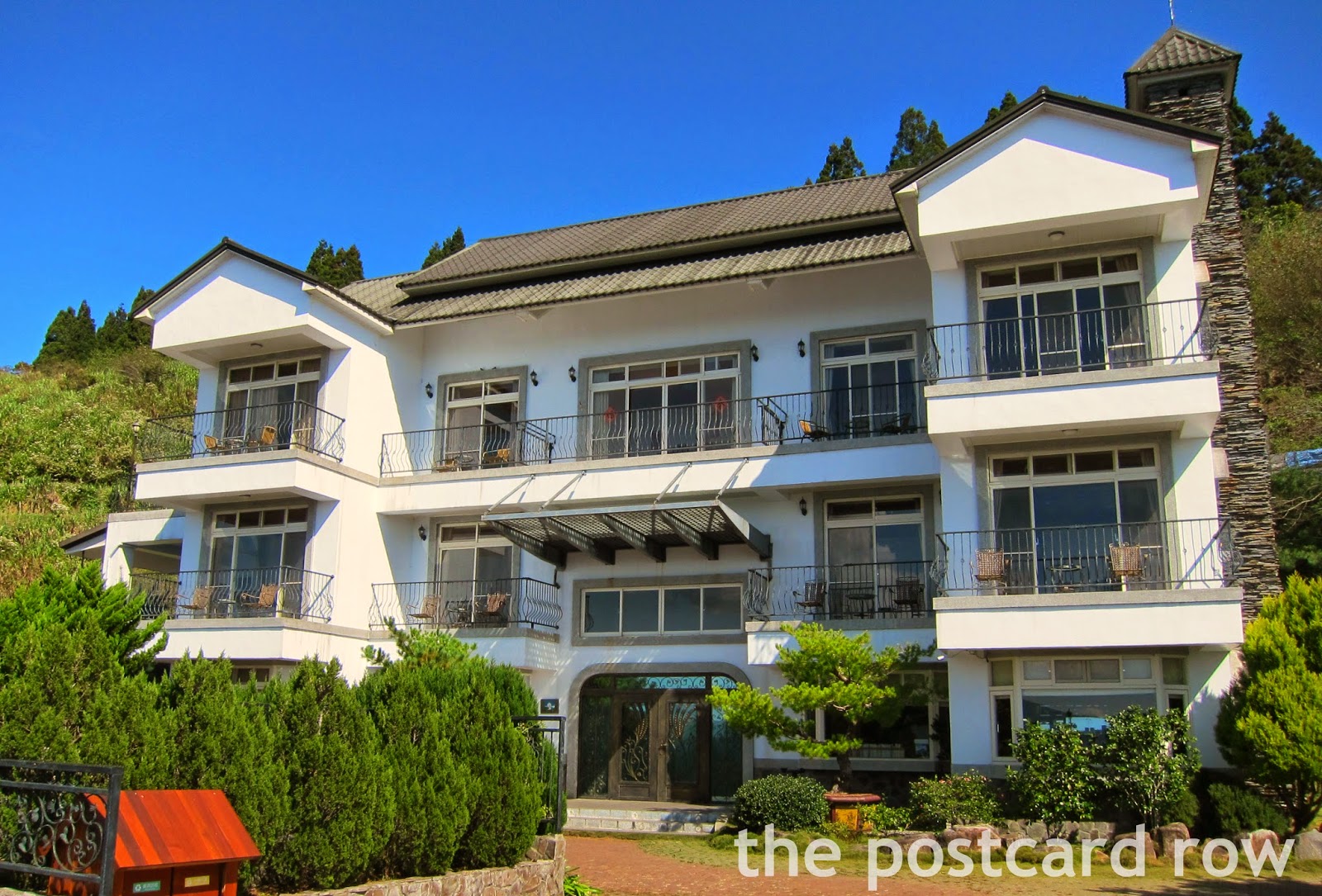Camino Ignaciano: Laguardia to Navarrete (Day 7)
Day 7: Laguardia to Navarrete
Stage 5 of the Camino
We were in vineyard country. Coming from our two-night stay in Laguardia, our camino was to take us through the La Rioja region, famous for its wines, and guide us along the path of the Ebro river.
Coming from our free day yesterday, we continued our camino by walking through the vineyards in a mountainous region. The walk was quite easy, with wide open paths leading us down the mountainside. We passed through numerous vineyards, but unfortunately, since grape picking season was almost over, the grapevines looked like a sorry sight, dry and barren. Beyond the vineyards, however, a majestic backdrop of green valleys and mountain ranges unfolded. The sun started peeking out of the gray clouds and was streaming its warm rays down to the plains below.
Our first checkpoint was in La Puebla de Labarca, a town located on the bank of the River Ebro and known for its wineries. When we got to town, it had cobblestoned streets with rows of brick and stone houses lined up on each side. Many houses had a rustic feel, with lovely flowers hanging from their balconies.
Our next destination was Fuenmayor, a little town which is located in the La Rioja region and borders the Basque-Aragonese freeway and the Logrono-Vitoria railroad. When I got there, I saw Bob, Geri and Laura sitting by a cafe, just across the church. I joined them for some refreshments and rest. Geri kindly treated me and German (our guide) to some coffee and pintxos. I was a bit surprised to meet them since I normally walk at a slower pace and fall behind. But I guess the previous days' walks strengthened me and gave me some endurance I normally didn't have.
Before leaving, Bob and I stopped by the government office which was just next door to the cafe. It was past 12 noon and I was worried that they might be closed for lunch and siesta. We climbed up to the second floor where the sign said something like general services. They allowed us in their air-conditioned office and the lady staff gladly welcomed us and gave us the much-coveted pilgrim stamps.
Now onward to Navarrete, our final stop!
Although it was lovely to sit in the cafe and watch passersby go about their daily business, we had to continue our camino. We started off by crossing a lovely bridge and then passing through vineyards once again. Somewhere along the way, we had to cross a complicated highway intersection. It was quite nerve-wracking, having to strain our eyes to see where the orange arrows were while dodging the cars and trucks zooming by. I was glad for the companionship of Geri and Bob. We helped each other spot the orange signs and watched out for one another along the highway. At last, we were able to cross that complex intersection and made it through the dirt road running alongside the highway.
We were on our way to Navarrete, a municipality under La Rioja. It was the first place where we saw how the Camino Santiago and the Camino Ignaciano merged. Prior to getting to Navarrete, we were a curious sight for most locals. Few were familiar with the Camino Ignaciano and walking pilgrims were not a common sight in their small towns. But here in Navarrete, we saw many hostels called albergues, which provided cheap dormitory-type accommodations to pilgrims. We encountered many backpackers as well, people who were wearing the same outfits we were -- dry-fit shirts, rolled up hiking pants and Gore-tex boots -- and carrying large backpacks and walking sticks.
Upon entering Navarrete, our first thought was to have a drink and rest our feet. At that point, we had been walking for more than one hour already. Geri, Bob and I stopped at the first restaurant we saw and ordered orange juice. Wow, it was the best orange juice I ever tasted in a while. It was freshly squeezed, cold and sweet! Quite refreshing for thirsty pilgrims like us!
After that quick refreshment, we proceeded to the town center to visit the church dedicated to the assumption of the Virgin Mary, the Church of Santa Maria de la Asuncion. It is a Renaissance building whose construction took nearly a century, from 1553 to 1645, a long period owing to budgetary constraints and changes in architectural direction. (On a side note, this would be good for a project management case study!) The highlight was its altarpiece which was so ornate -- it was covered entirely in gold!
The sides of the church were filled with rows of polychrome statues of saints, including the saint whose way we followed, St Ignatius. We lit candles there and said our prayers.
At the back of the church, I discovered a world map filled with shredded pieces of paper. Since many pilgrims visited this place, the parish put up a map, inviting everyone to write down their names on tiny pieces of paper and pin these on the map to show where they came from. What an interesting and fun idea! I quickly took out my pen and tore off a sheet of paper and pinned my name of that map. If you visit this church, let me know if you can find my name!








Comments
Post a Comment